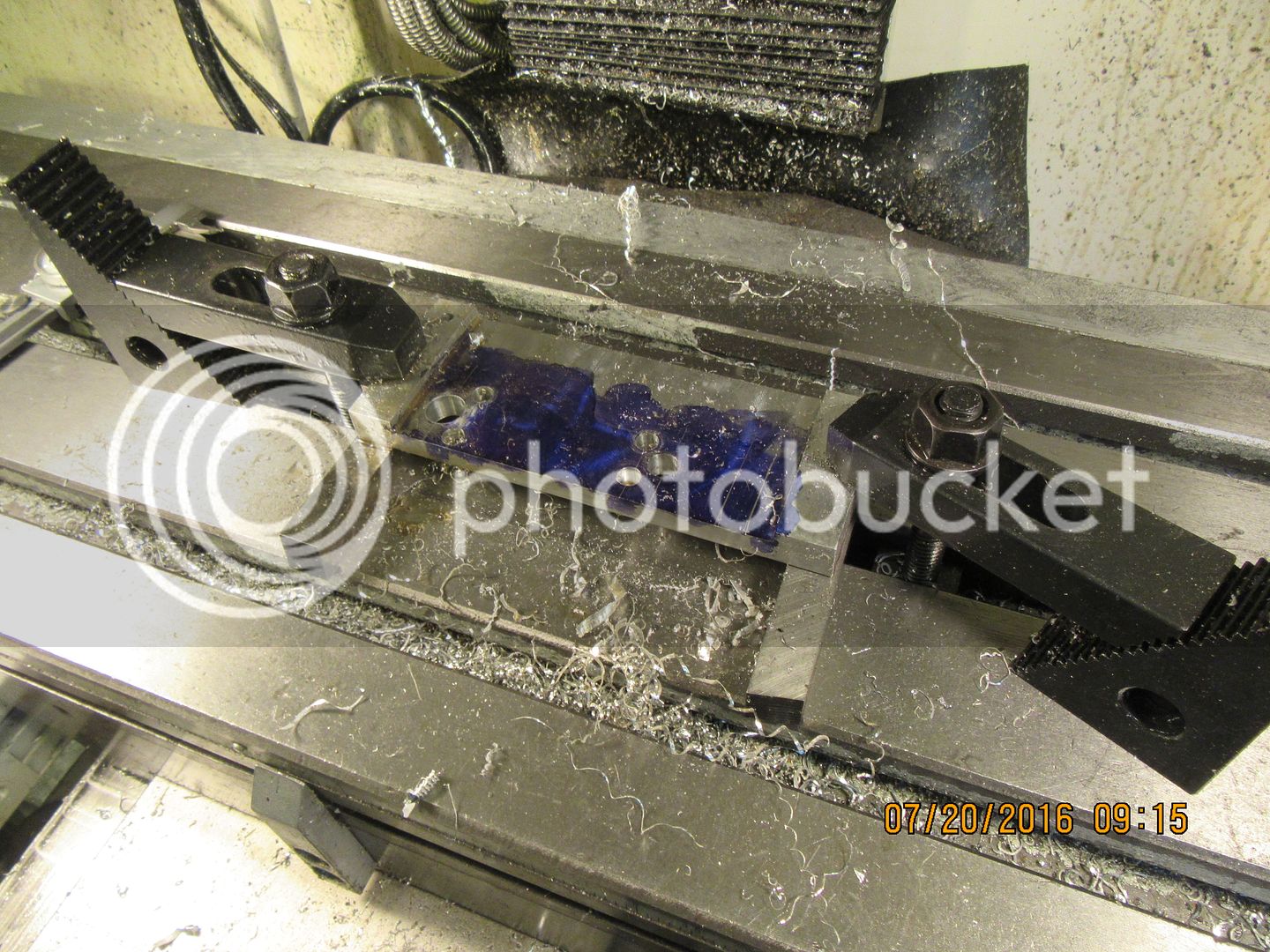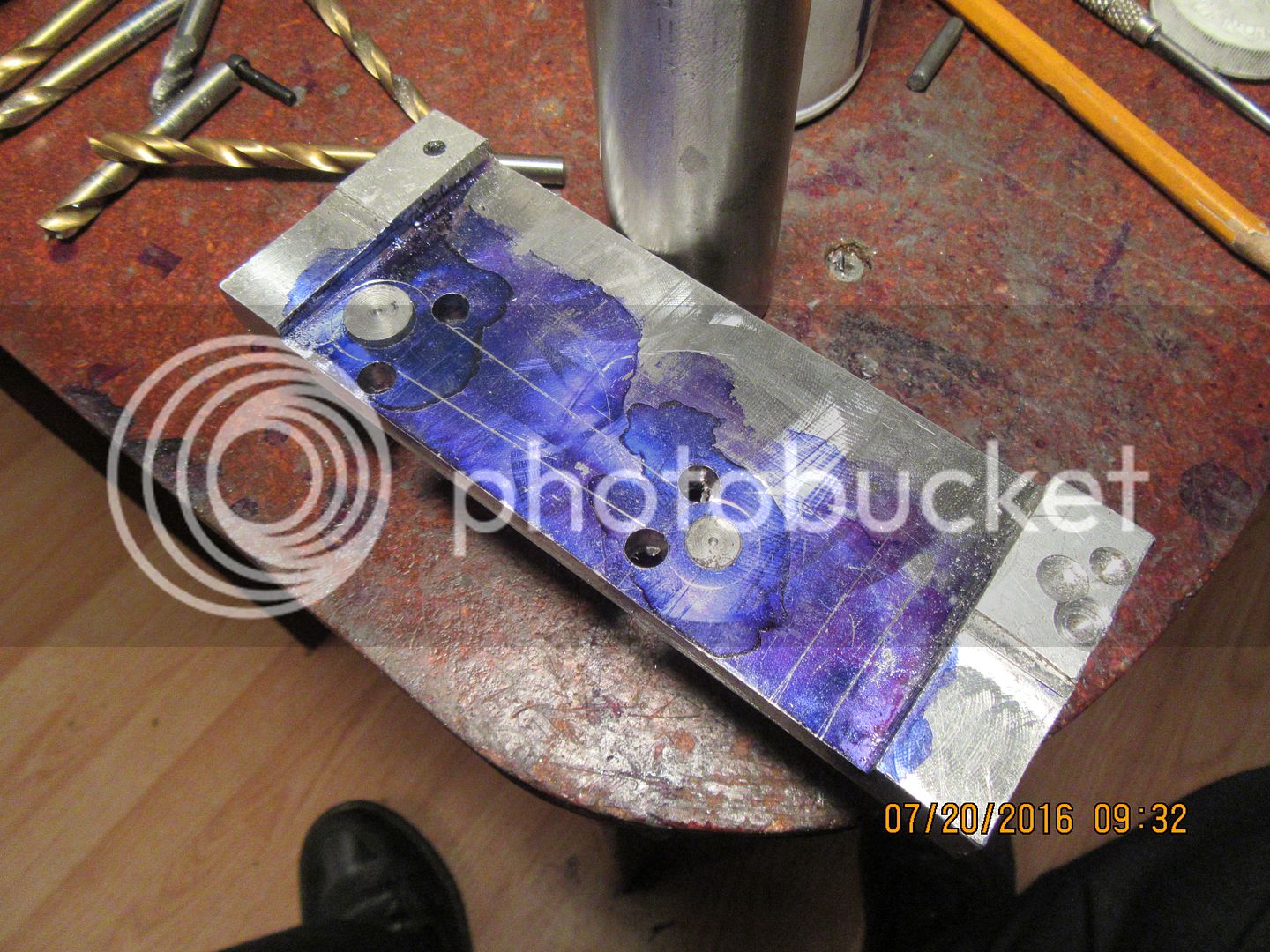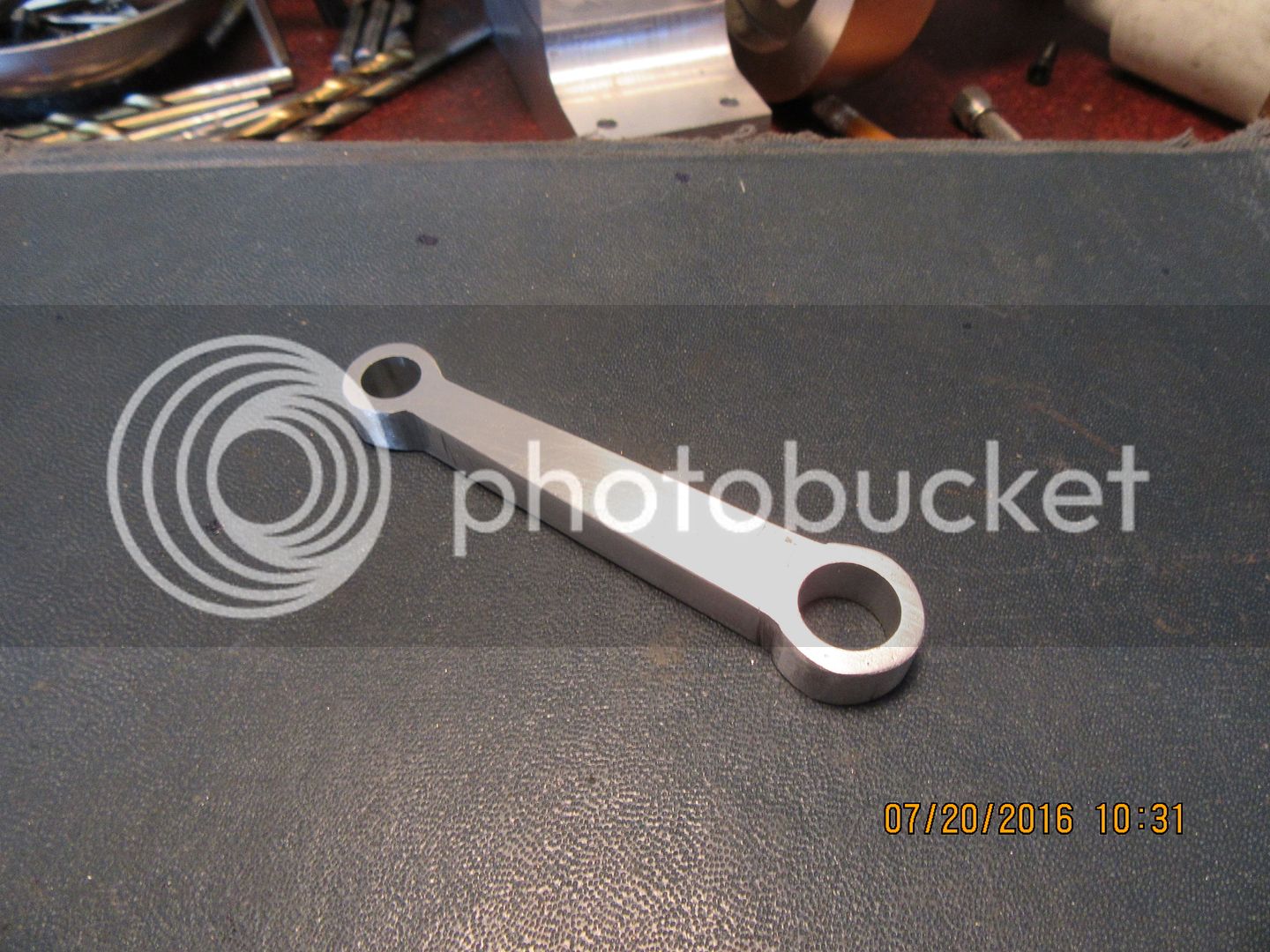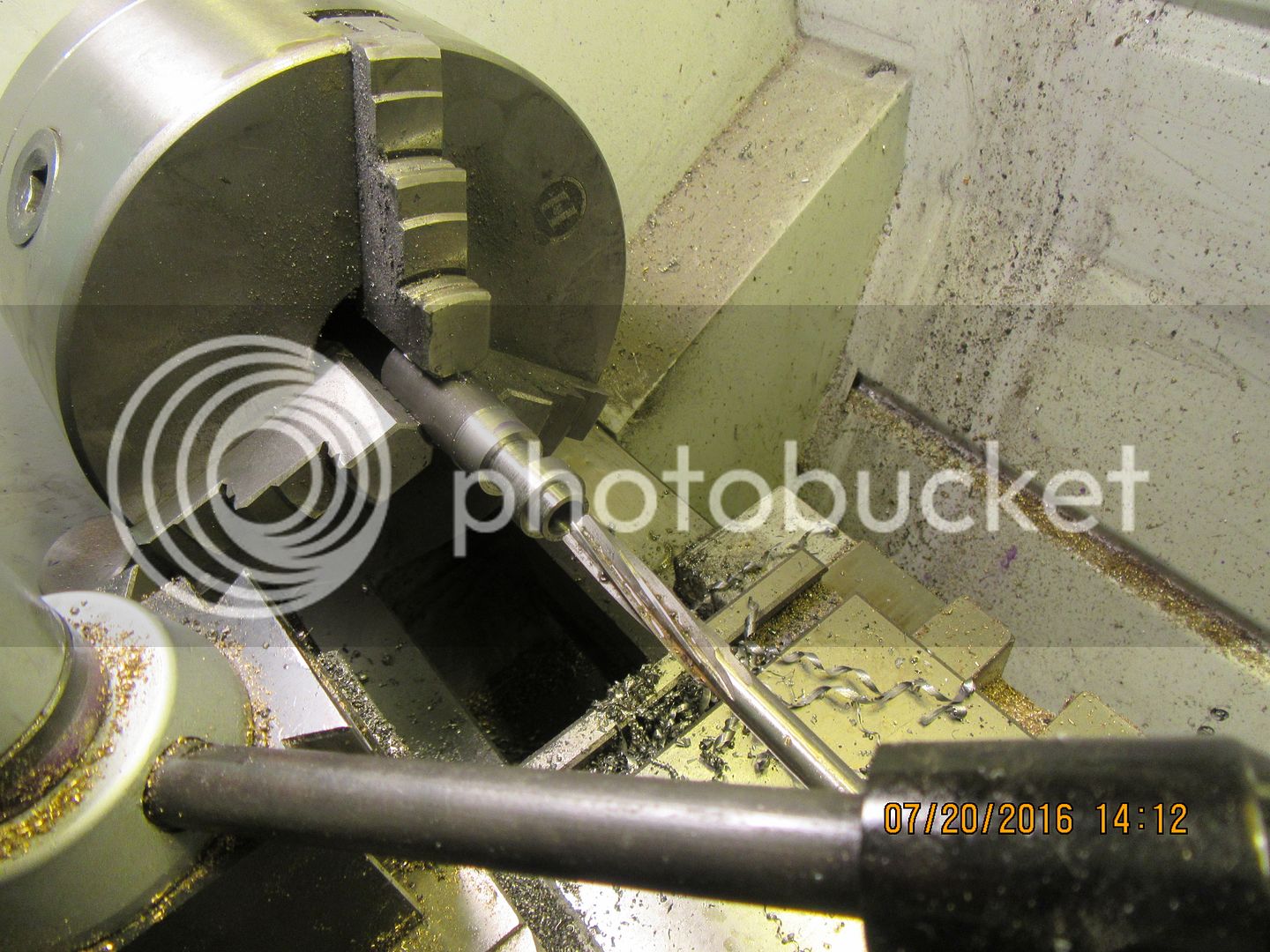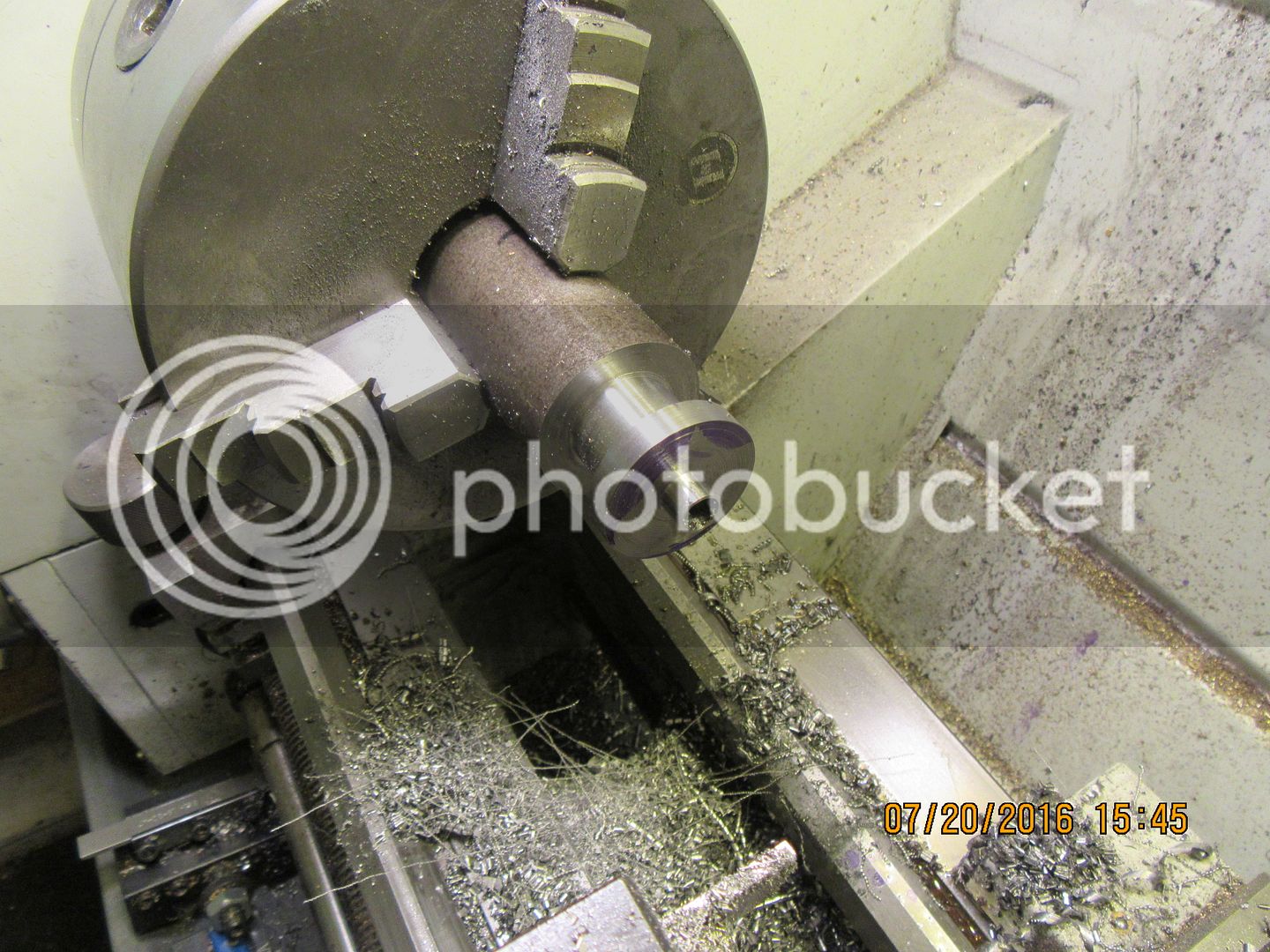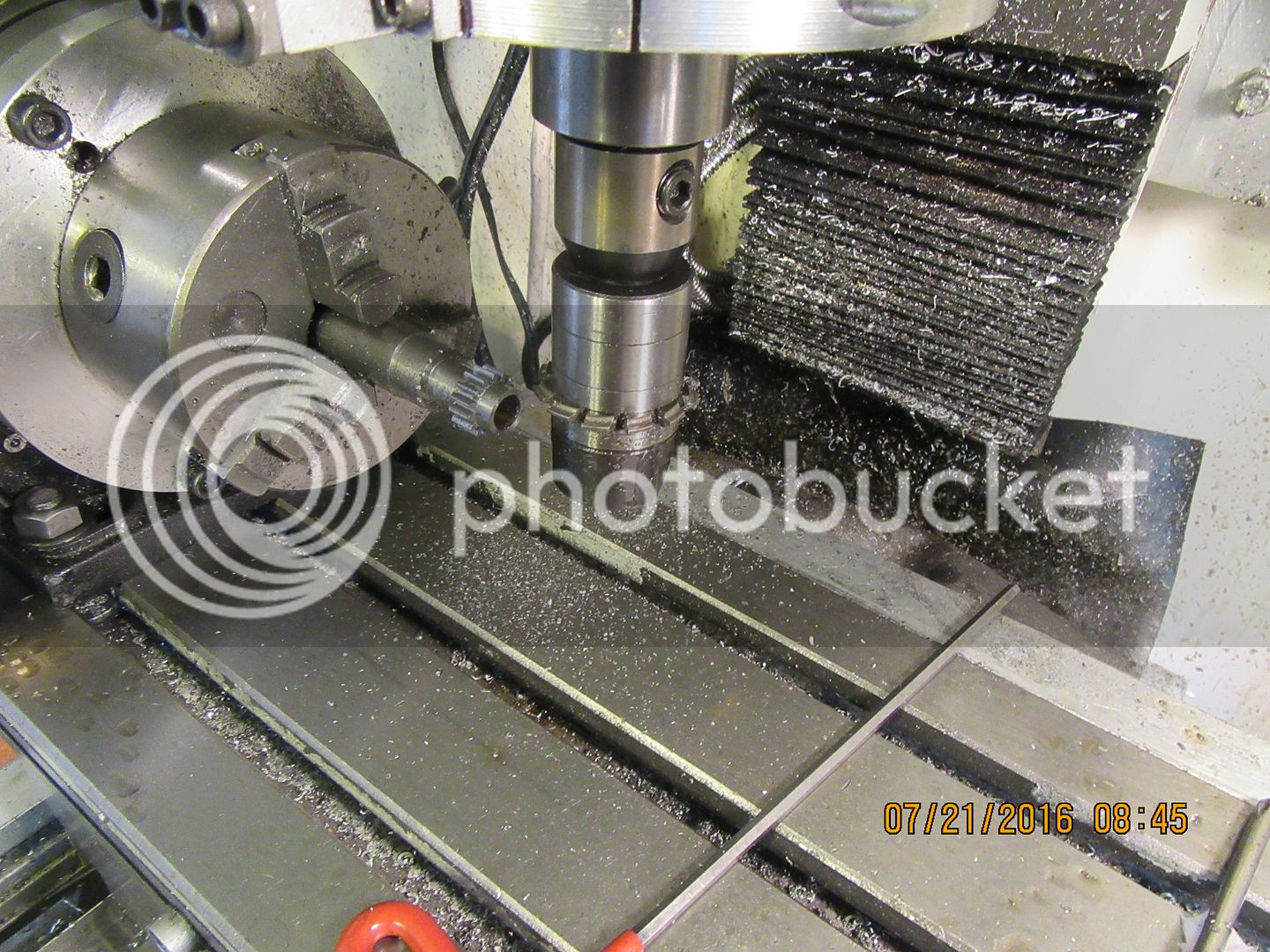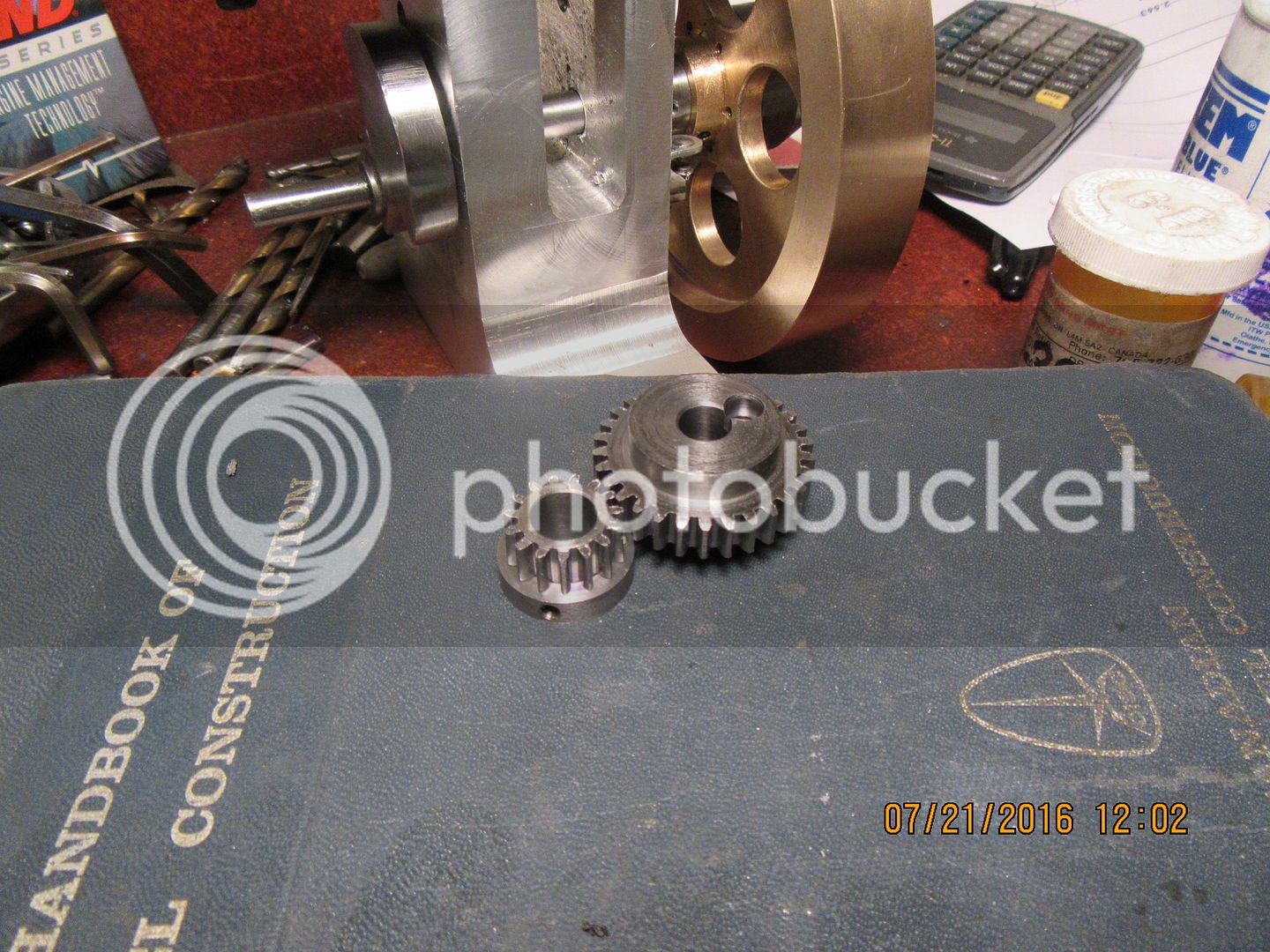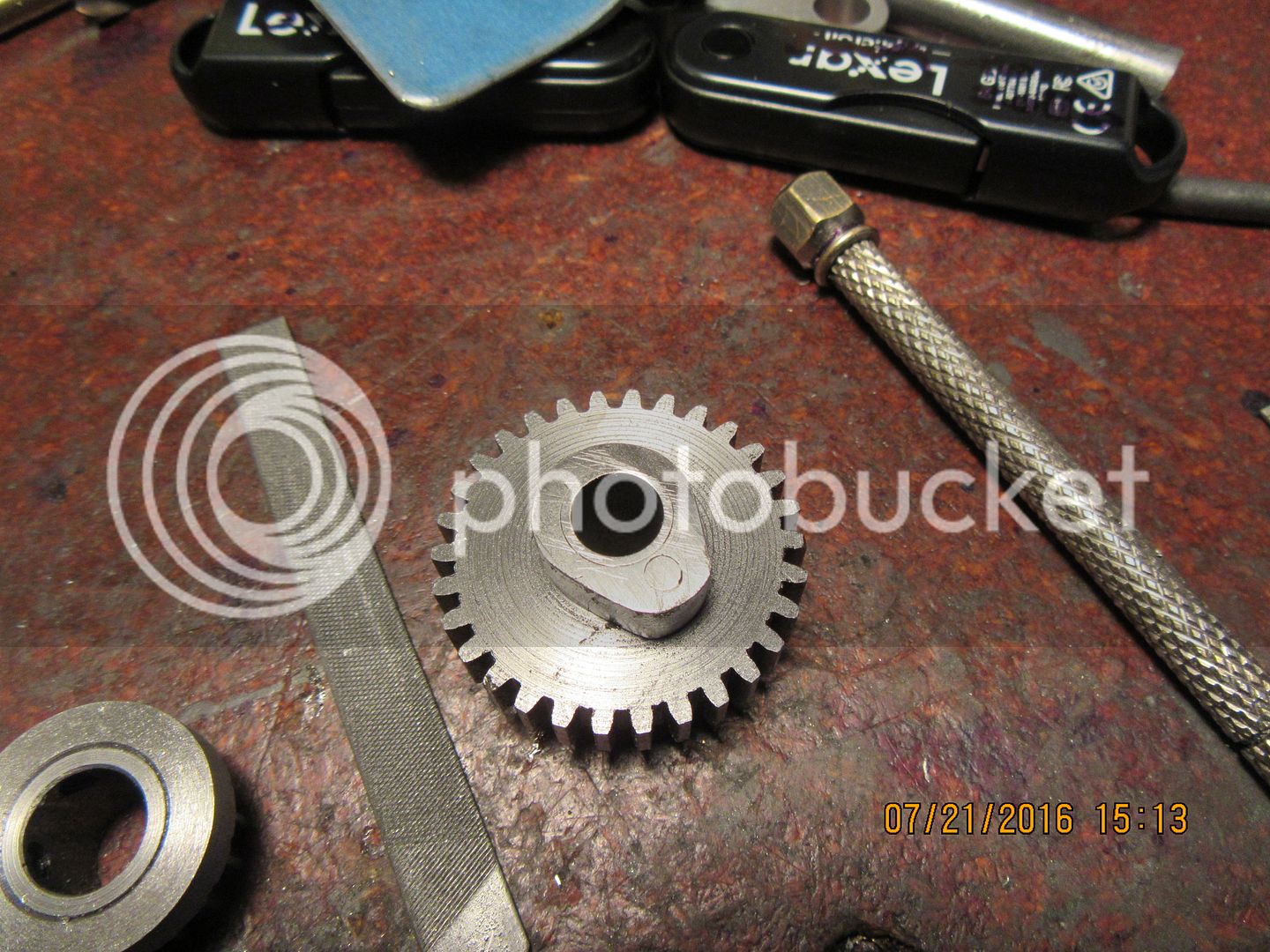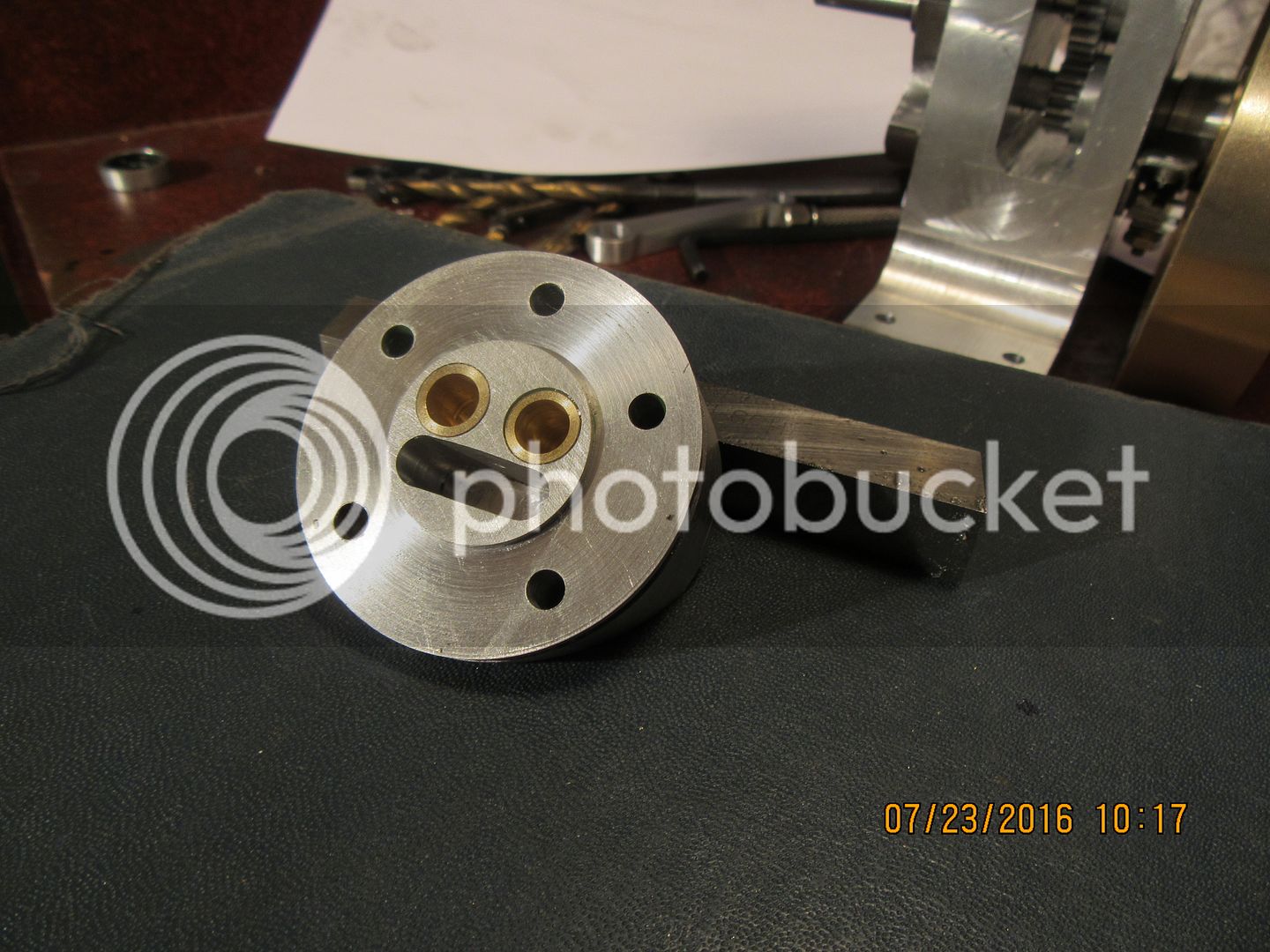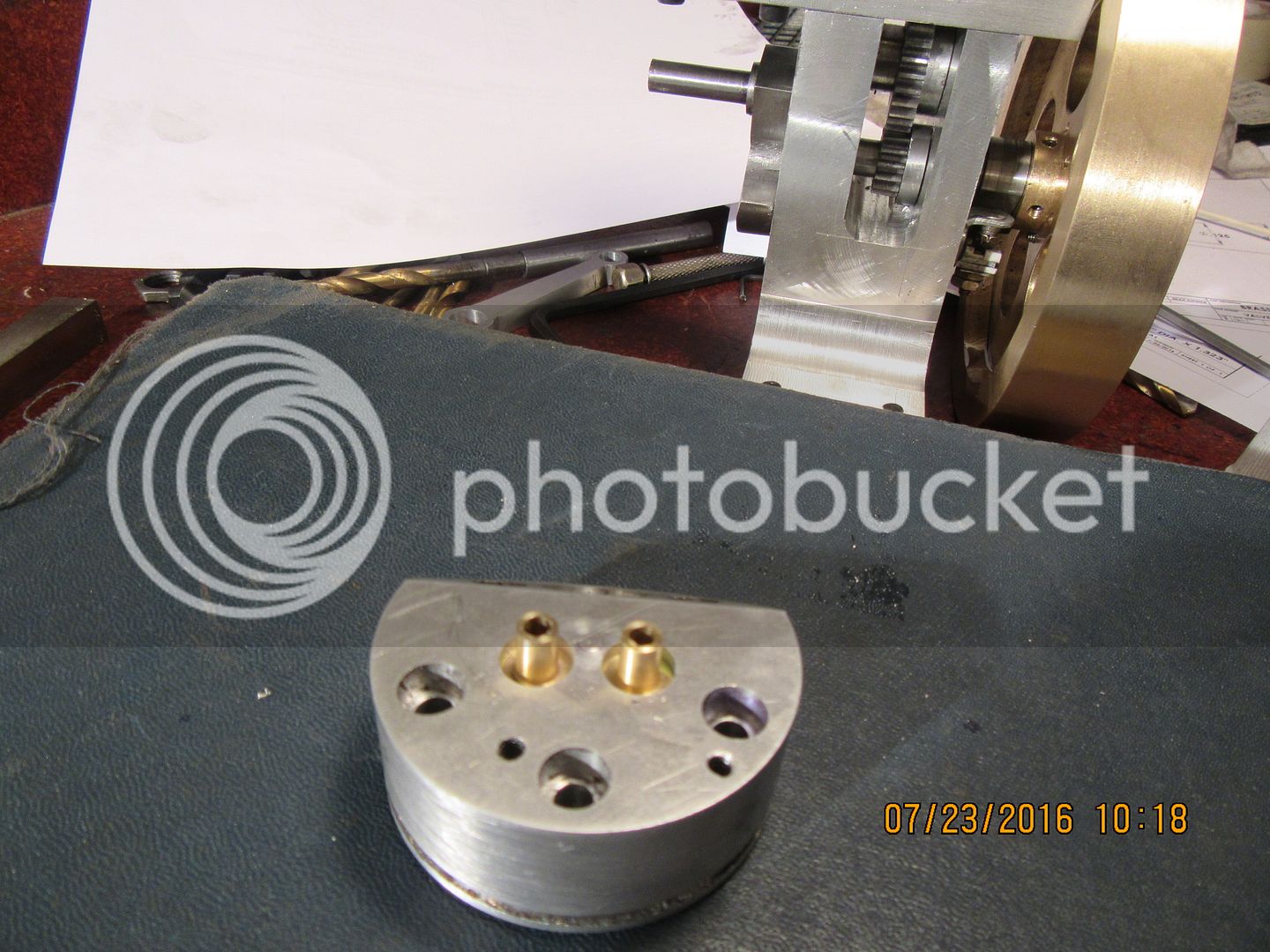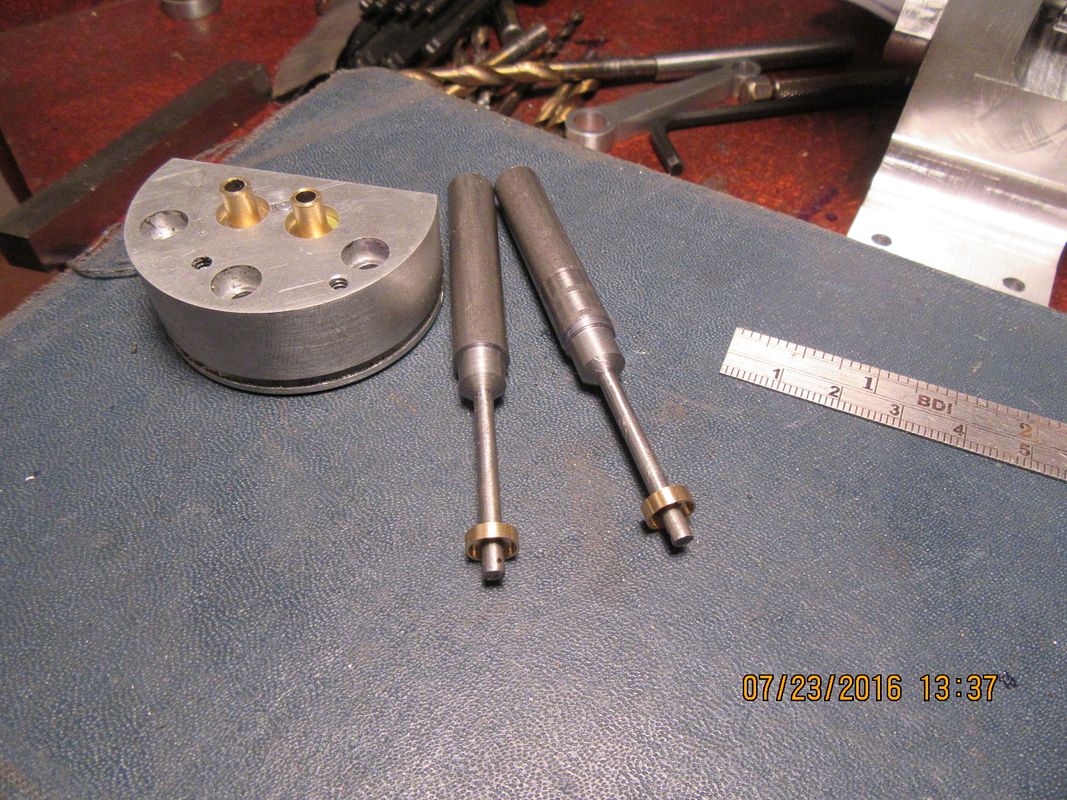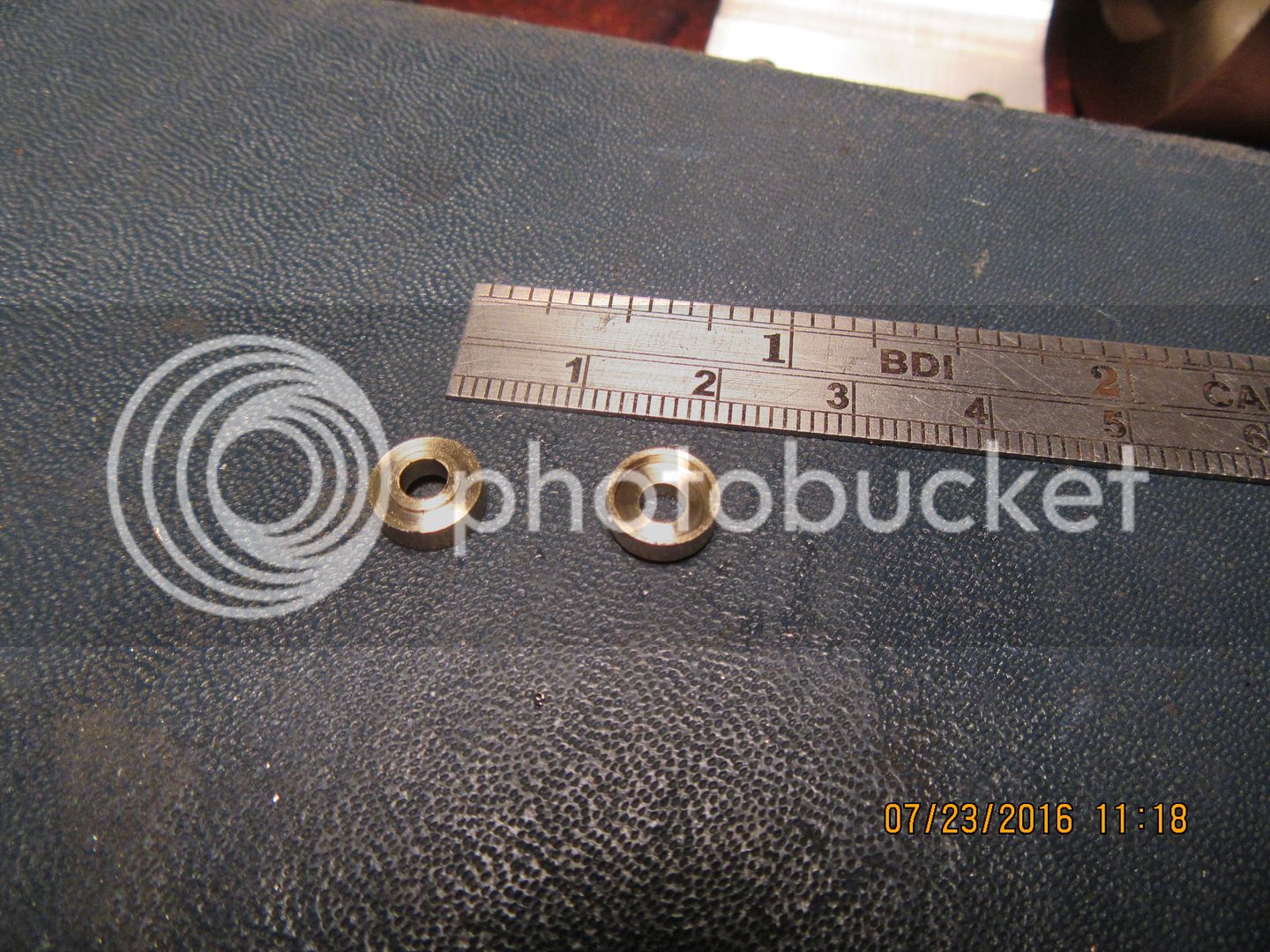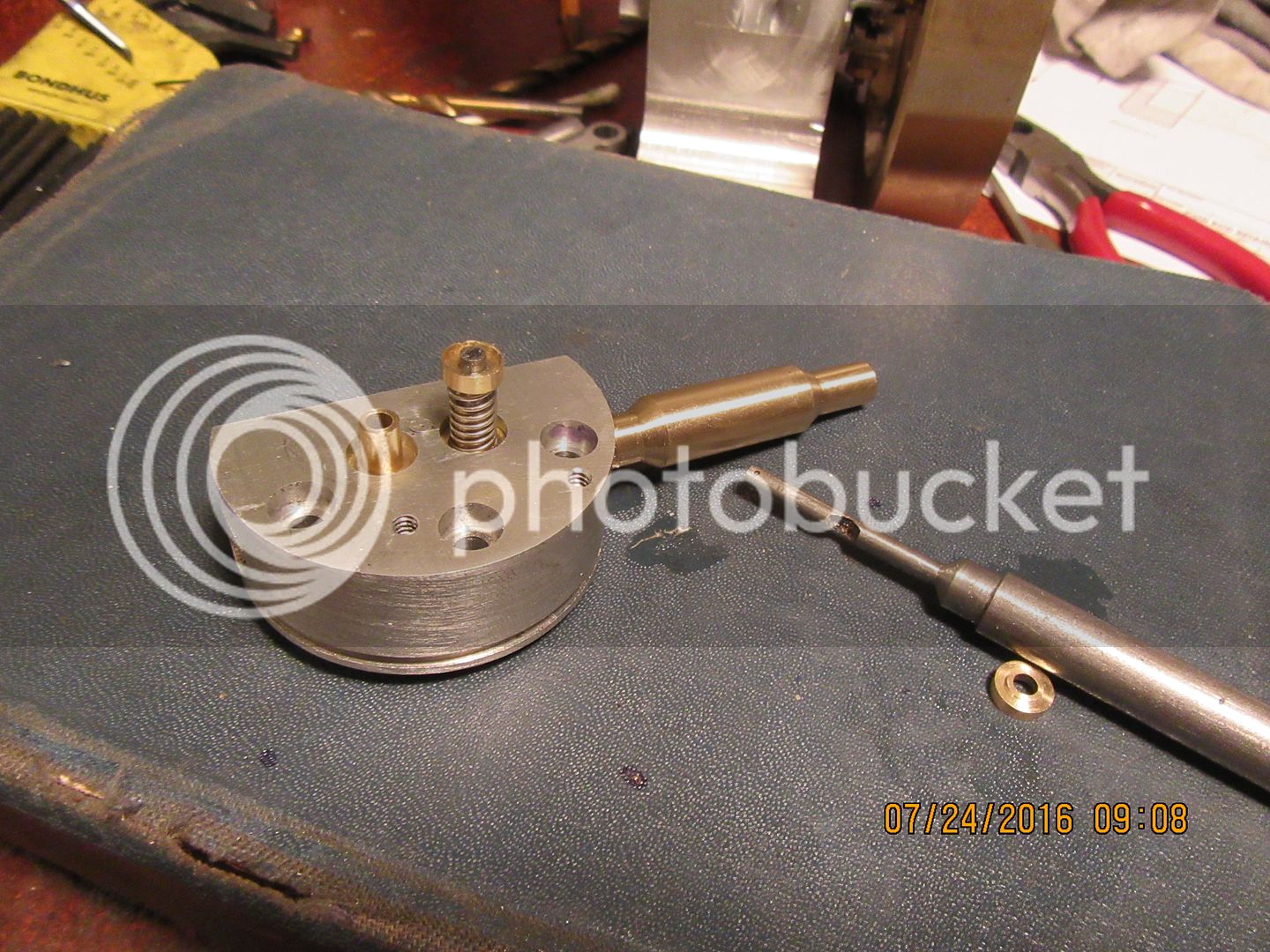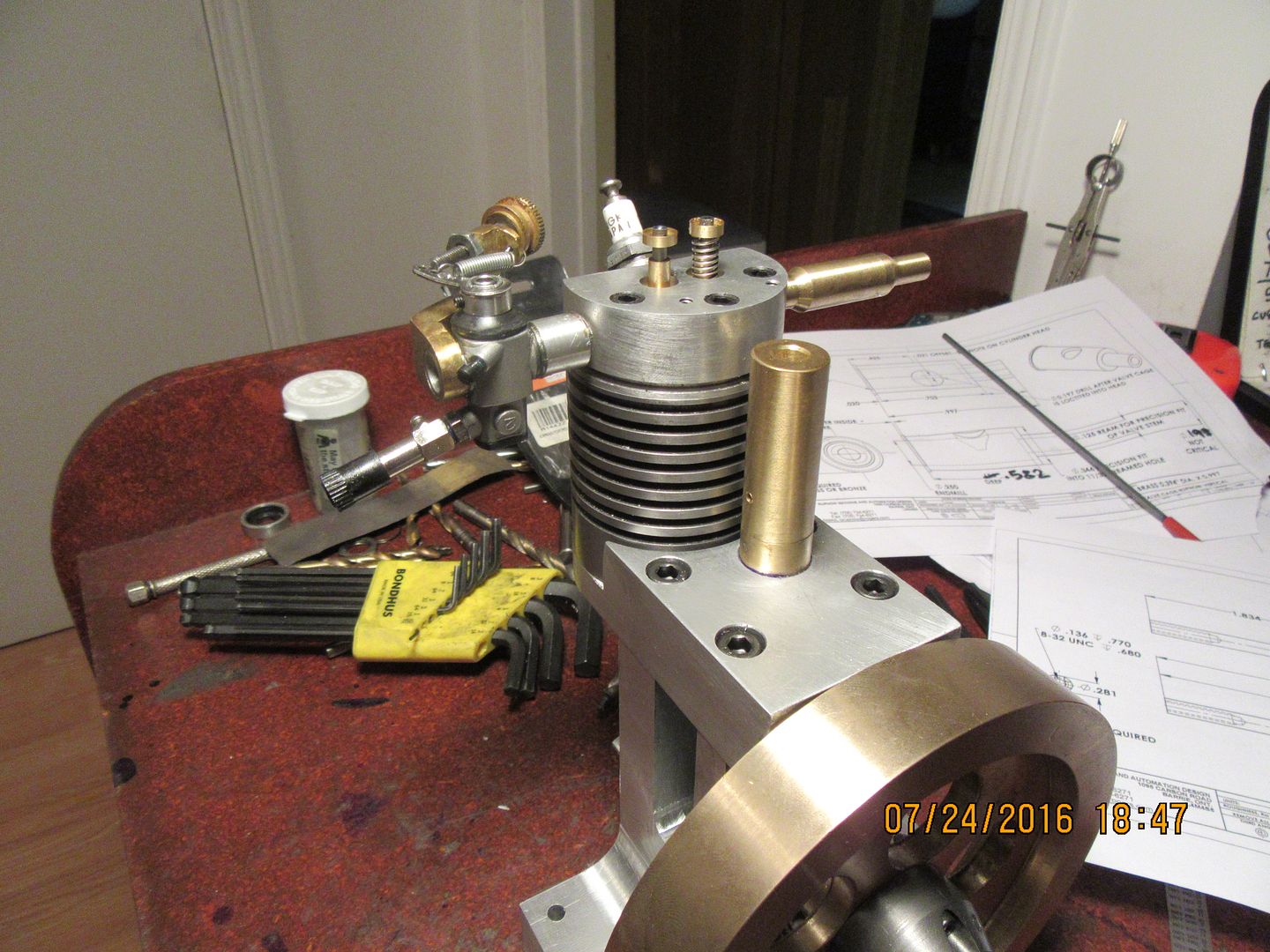- Joined
- Jan 24, 2009
- Messages
- 554
- Reaction score
- 124
I agree with the aluminum for a bearing, Brian. Decades ago I built a rock
crusher with an aluminum eccentric bearing and it worked fine.
By the way, have you thought about using needle bearings instead of ball
bearings? I've thought about those because they're lighter in weight and
take up a lot less room. But I've never tried them..... at least not in a model
engine!
Take care,
Pete
crusher with an aluminum eccentric bearing and it worked fine.
By the way, have you thought about using needle bearings instead of ball
bearings? I've thought about those because they're lighter in weight and
take up a lot less room. But I've never tried them..... at least not in a model
engine!
Take care,
Pete






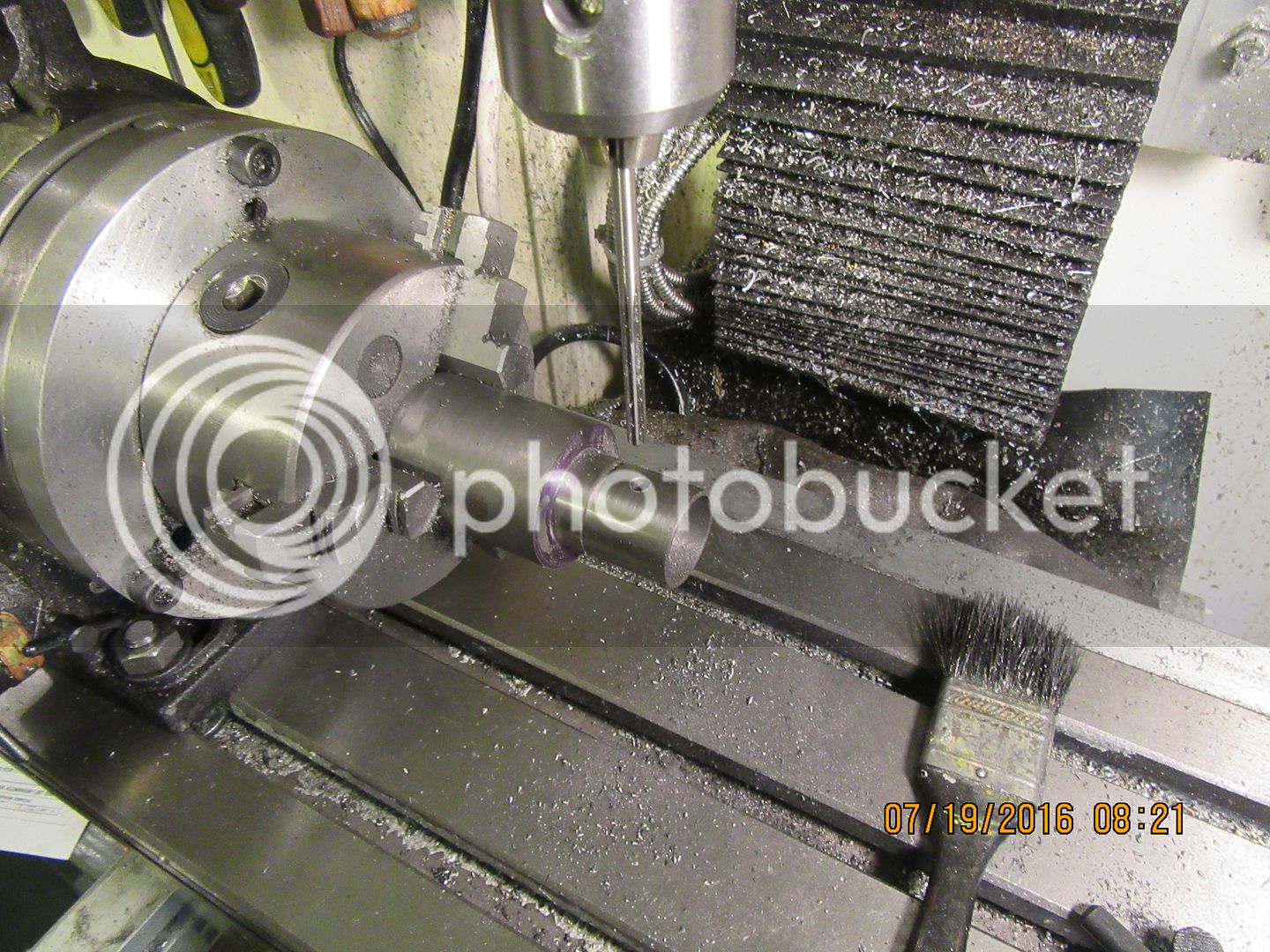
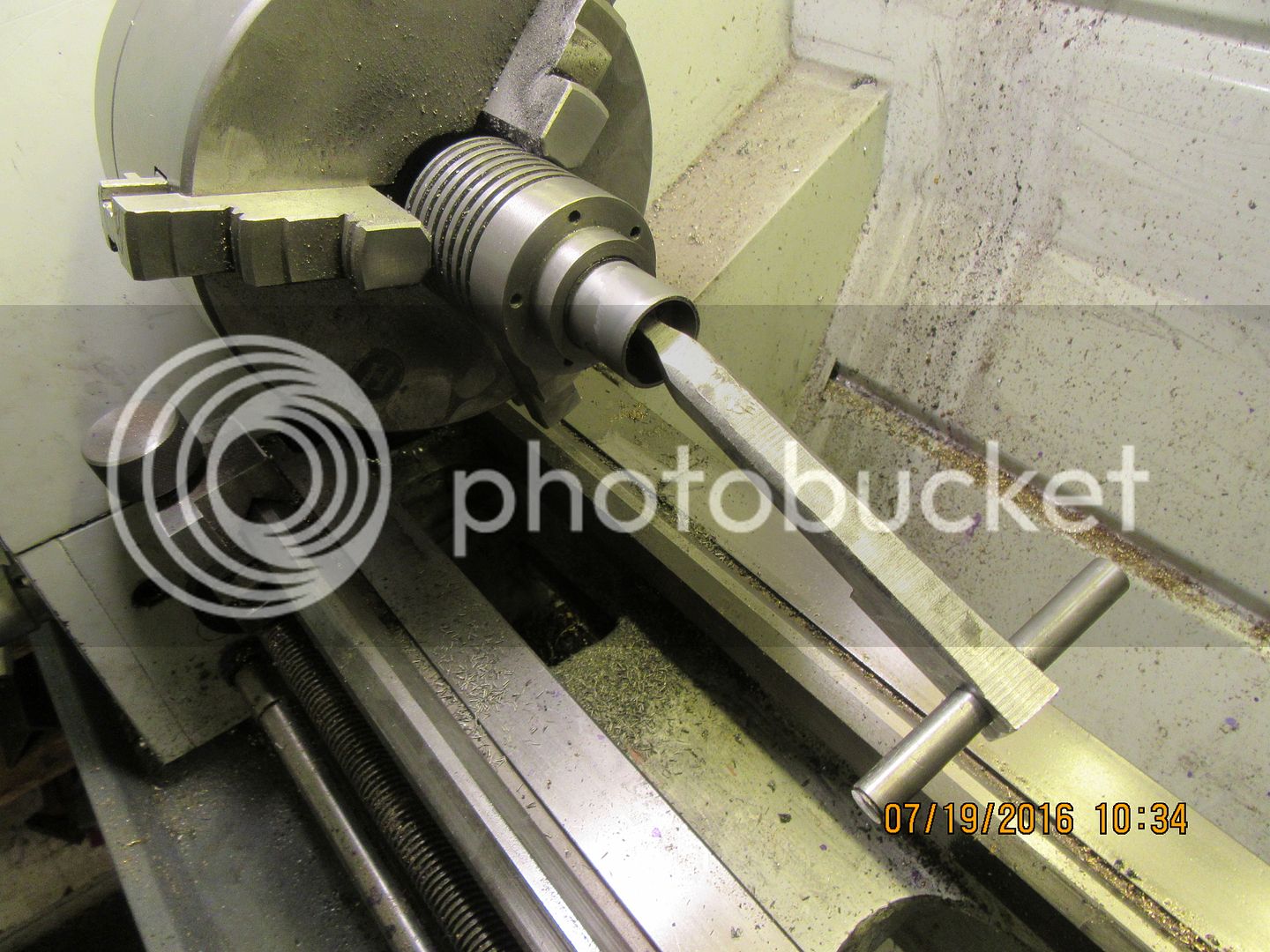







![DreamPlan Home Design and Landscaping Software Free for Windows [PC Download]](https://m.media-amazon.com/images/I/51kvZH2dVLL._SL500_.jpg)




































![MeshMagic 3D Free 3D Modeling Software [Download]](https://m.media-amazon.com/images/I/B1U+p8ewjGS._SL500_.png)











